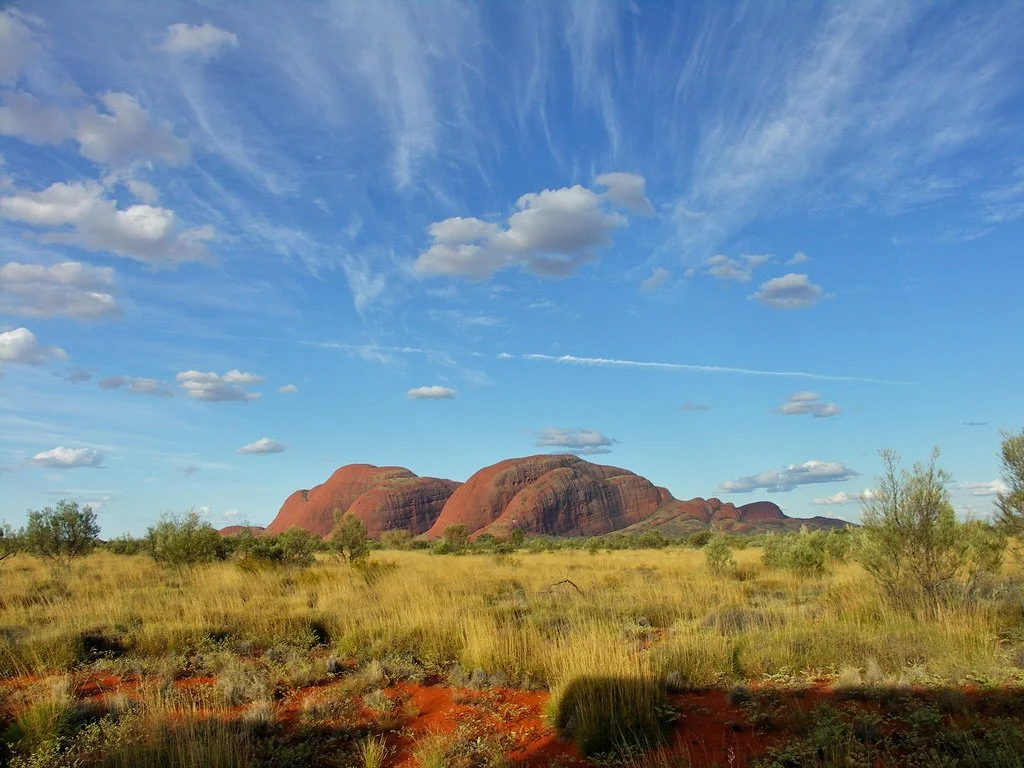Kata Tjuta (Mount Olga) is located in the Uluru-Kata-Tjuta National Park of Australia and consists of 36 massive rounded rocks, many gorges and valleys. Its second name is Kata Tjuta, which means “many heads” in the Aboriginal language.
 |
| Kata Tjuta Australia |
History
Why does this significant mountain in the land of the aborigines bear a completely “Russian” name?
Mount Kata Tjuta was named Olga in 1872, in honor of the daughter of the Russian Emperor Nicholas I, Grand Duchess Olga at the request of Baron Ferdinand von Müller. The gift was timed to celebrate the twenty-fifth wedding anniversary of Olga and her husband, King Charles I of Württemberg. On December 15, 1993, the double name was officially recognized. As a result, Mount Olga was renamed “Mount Olga/ Kata Tjuta”.
Overall, the Uluru-Kata-Tjuta Park region is an ideal destination for tourists looking to experience Australia's Aboriginal heritage. Here you can visit the cultural center and buy souvenirs, or go on a hike, where an aborigine will be your guide.
 |
| Kata Tjuta Australia |
National Park
When visiting the National Park, tourists find themselves on lands where red-brown mountains grow on a sandy plain, in an enchanting atmosphere of legends and mysteries. Mount Olga is located 32 km from another wonder of Australia - Uluru (Ayers Rock), a monolith, one of the most gigantic in the world.
 |
| Kata Tjuta Australia |
The Kata Tjuta complex is recognized as the second local attraction after Uluru. It is a group of rock-stones, as if scattered in the middle of the desert. Olga is the colossal and most southwestern mountain. Its height is 1069 m, and its chemical composition resembles granite. The tourist routes "Valley of the Winds" and "Olga Gorge" pass along Kata Tjuta.